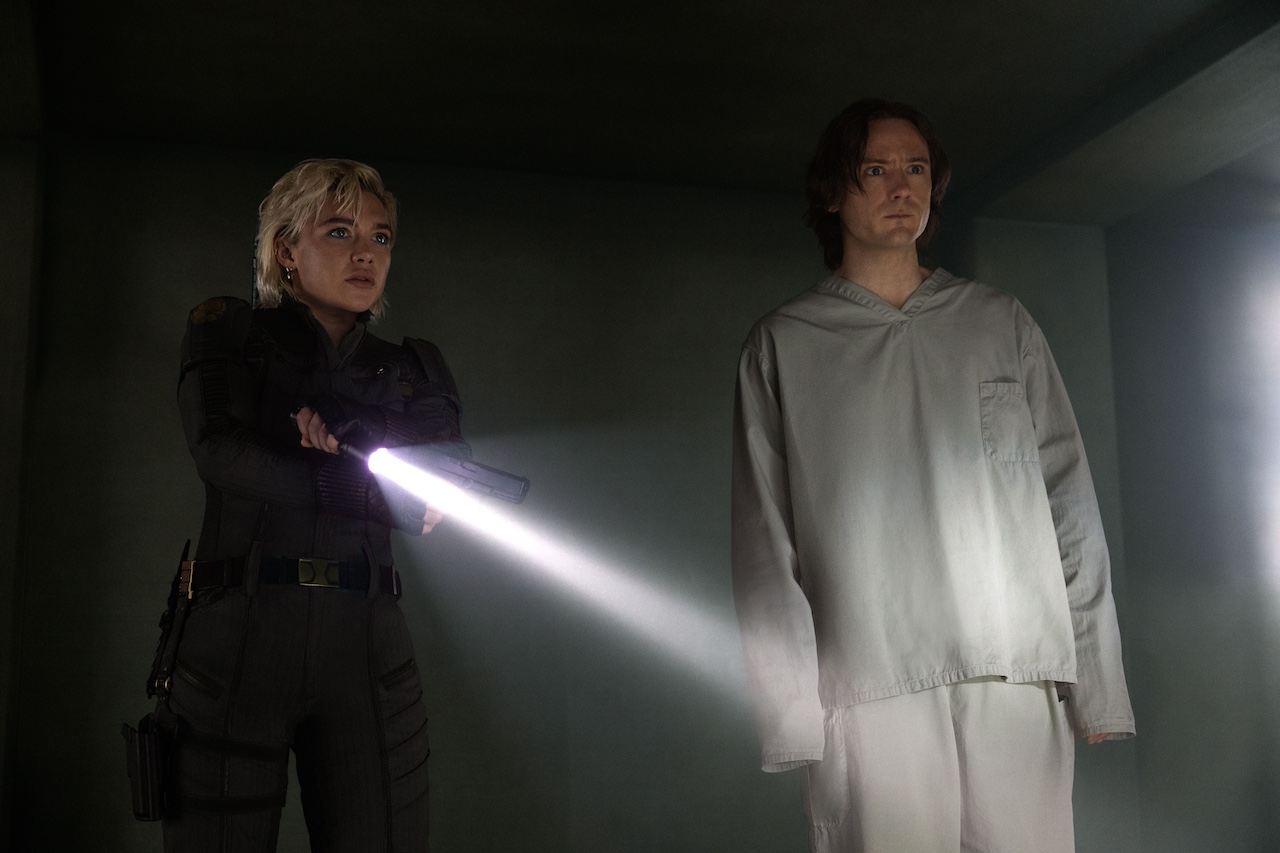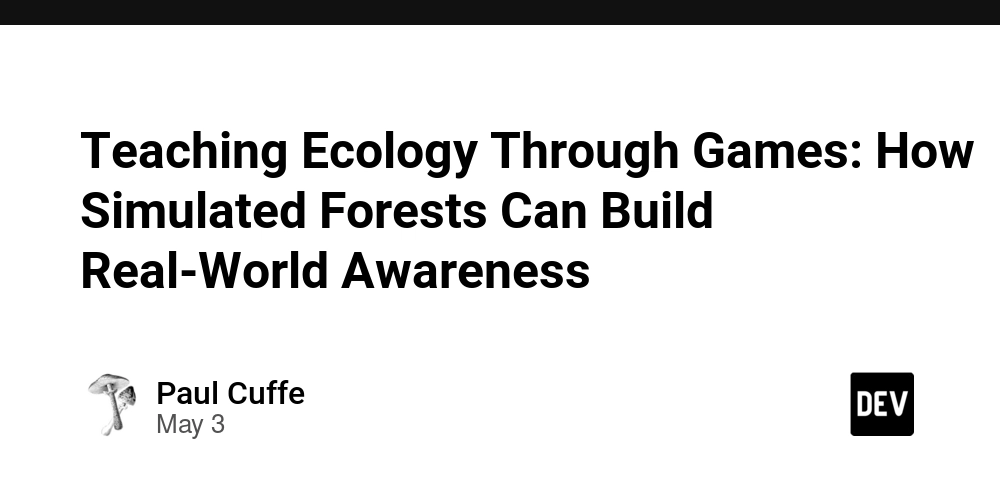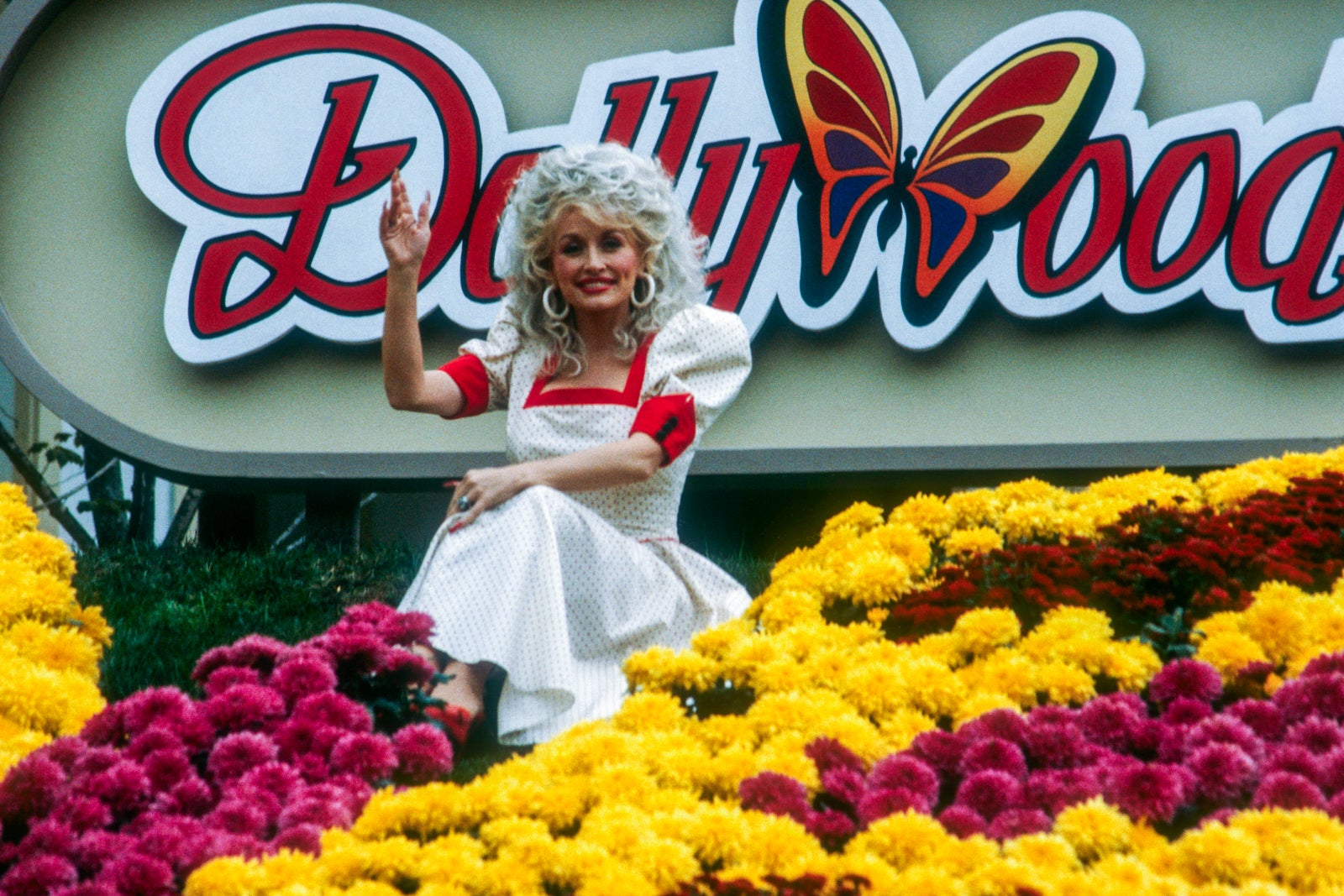Thunderbolts*: The Sentry Is Much Darker in the Comics
This article contains spoilers for Thunderbolts*. Within seconds Thunderbolts* announces itself as a special type of Marvel movie. Instead of the “evolution” style Marvel Studios logo used for the past few years, which begins with comic book panels and transitions from script pages to movie scenes, Thunderbolts* is all comics, just like the logo that […] The post Thunderbolts*: The Sentry Is Much Darker in the Comics appeared first on Den of Geek.

This article contains spoilers for Thunderbolts*.
Within seconds Thunderbolts* announces itself as a special type of Marvel movie. Instead of the “evolution” style Marvel Studios logo used for the past few years, which begins with comic book panels and transitions from script pages to movie scenes, Thunderbolts* is all comics, just like the logo that first debuted with 2002’s Spider-Man. The throwback imagery fills longtime fans with joy… until they realize that the pages all come from Sentry comics. A certain dread rises in their stomachs, just as the logo turns black and Michael Giacchino’s familiar fanfare becomes muddled.
The logo foregrounds the story of the Sentry, aka Bob Reynolds who is played in the film by Lewis Pullman. A tragic figure who sadly becomes the big bad of Thunderbolts*, the Sentry grounds the movie in a surprising emotional realism. As successful as this interpretation is, though, the movie doesn’t get close to the darkness of the first Sentry comics: stories that took a metatextual approach to show how the loss of one hero can darken an entire universe.
Into the Void
In the world of the MCU’s Thunderbolts*, Bob Reynolds is a young man who suffers from bipolar disorder and drug addiction. In a fit of desperation, Bob agreed to take part in the Sentry Project, a secret program headed by CIA director Valentina Allegra de Fontaine (Julia Louis-Dreyfus) to create her very own superhero. Most of the test subjects died, but Bob survived, which is valuable information that somehow never made it to Val. So when she sends her various black ops agents on a mission deep within her mountain stronghold, Val has no idea that they’re about to free Bob, nor that he has unimaginable power. When she does realize what she has, however, Val manipulates Bob into becoming her own superman, dubbed the Sentry.
When the Sentry rebels, high on his own power, Val kills him, inadvertently transforming him into the Void. It’s only through the empathy of Yelena Belova (Florence Pugh) and the other Thunderbolts* that Bob finds healing, dissipating the Void and losing his Sentry powers. By making the Void a metaphor for mental illness, Thunderbolts* has unexpected depth and clarity in its depiction, especially for a Marvel movie. Yet it leaves some of the grimmest stuff from the comics on the table.
The Golden Guardian of Good
Written by Paul Jenkins and illustrated by Jae Lee, 2000’s Sentry #1 begins with Bob Reynolds jolting up in bed, the words “He’s back!” ringing in his ears. Bob doesn’t understand what the words mean, and neither does the reader. We’ve never met Bob before, nor do we know anything about the Sentry, the glowing and caped figure featured on the issue’s cover.
A nondescript middle-aged man with a pot-belly and a drinking problem, Bob goes downstairs to drown his dark thoughts in alcohol. But with every move he makes, words and images pop into his head, descriptions of secret formulas and miraculous transformations.
Lee’s artwork, colored by José Villarrubia, is drenched in black inks, with thin lines around Bob’s body to accentuate his withered frame. But the panels depicting Bob’s flashbacks take a very different approach. The first of them appears like the cover of a Silver Age Marvel comic book entitled Startling Stories, which boasts the coming of the Sentry. Lee’s artwork mimics that of Jack Kirby, complete with his hero’s athletic pose and surrounding crackle.
These flashbacks describe a story very much like those from 1960s Marvel, in which teen Robert Reynolds takes a secret serum developed by a wizened professor, gaining amazing powers. As the Sentry, Reynolds defends the world and even joins the Avengers to stop his arch-enemy the Void.
Further flashbacks detail later aspects of Reynolds’ life, borrowing the form of other artists. A realistic painting of the Sentry standing watch on a building’s edge looks like the work of Alex Ross. Later a darker tale about Sentry becoming addicted to the serum mirrors the blocky work of Frank Miller.
More than clever homages, these panels drive the story of the Sentry. The series and the various one-shots that followed reveal the Sentry was an integral part of the Marvel Universe; a Superman-like hero of inherent goodness, Sentry inspired and helped the first heroes of the Marvel Universe. He calmed the Hulk. He taught humanity to accept mutants. He made sure Peter Parker became a success by posing for a prize-winning photo. He aided the experiments of his best friend Reed Richards.
But as his dependence on the serum grew, Robert’s dark side manifested. An equally powerful but far more malicious creature, the Void undid all the good achieved by the Sentry, and even maimed his sidekick Scout. With no other options available, Reed Richards and Dr. Strange wiped the Sentry’s existence from the world’s memory, thus nullifying the Void. As a result, Bob Reynolds went on to have a normal, if often dissatisfying, life, never aware of his great power to do good or evil. However, the loss of the Sentry also meant the loss of everything good in the Marvel Universe, making Spider-Man, the X-Men, and the Hulk into the tragic characters we’ve always known.
The concept of the Sentry a Superman-like god in the Marvel Comics universe represents all the optimism of the Golden Age of Comics, and his absence due to the fallibility of man has left this world a little darker, grimmer, and more human. He is a reflection of the impossibility of perfection, and a commentary on the limits of comic book fantasies—a wound the MCU has only begun to scratch.
The Power of a Thousand Exploding Suns
After his initial miniseries, the Sentry stayed dormant for a few years, finally reappearing in New Avengers #1 (2005), written by Brian Michael Bendis and penciled by David Finch. Back in his Sentry form, Bob is being held on the Raft, a supervillain prison deep in the Atlantic, for murdering his wife. Alas, an electrical outage sets all the villains free and threatens the civilians visiting the Raft, including the lawyers come to consult with Bob, Matt Murdock and Foggy Nelson. As Matt (sans Daredevil costume) tries to fight off the baddies, Foggy begs Bob to help.
Bob’s help comes in the most shocking possible way. As Sentry, he grabs Spider-Man villain Carnage, flies the monster into space, and tears him in half. At once heroic and horrific, that moment illustrates how most stories use the Sentry (at least up until his death in the 2020 Venom-themed crossover King in Black, revenge for his attack on Carnage). At every instant, the Sentry is capable of either tremendous good or tremendous harm. No one knows what will happen.
That’s an exciting prospect for the Sentry in the MCU. In the final post-credits scene, we see that Bob remains a member of the New Avengers, as the Thunderbolts are now called. However, he has not used his powers since being saved by teammates, for fear that they will once again manifest as the Void.
Given the massive stakes of Avengers: Doomsday, in which the New Avengers and Bob will next appear, it’s impossible to believe that he won’t become the Sentry again. But as Thunderbolts* hints and Marvel Comics makes abundantly clear, the Sentry’s good almost always brings destruction with it. The Marvel Universe may be a darker place because of Sentry’s place within it.
Thunderbolts* is now playing in theaters.
The post Thunderbolts*: The Sentry Is Much Darker in the Comics appeared first on Den of Geek.












































































